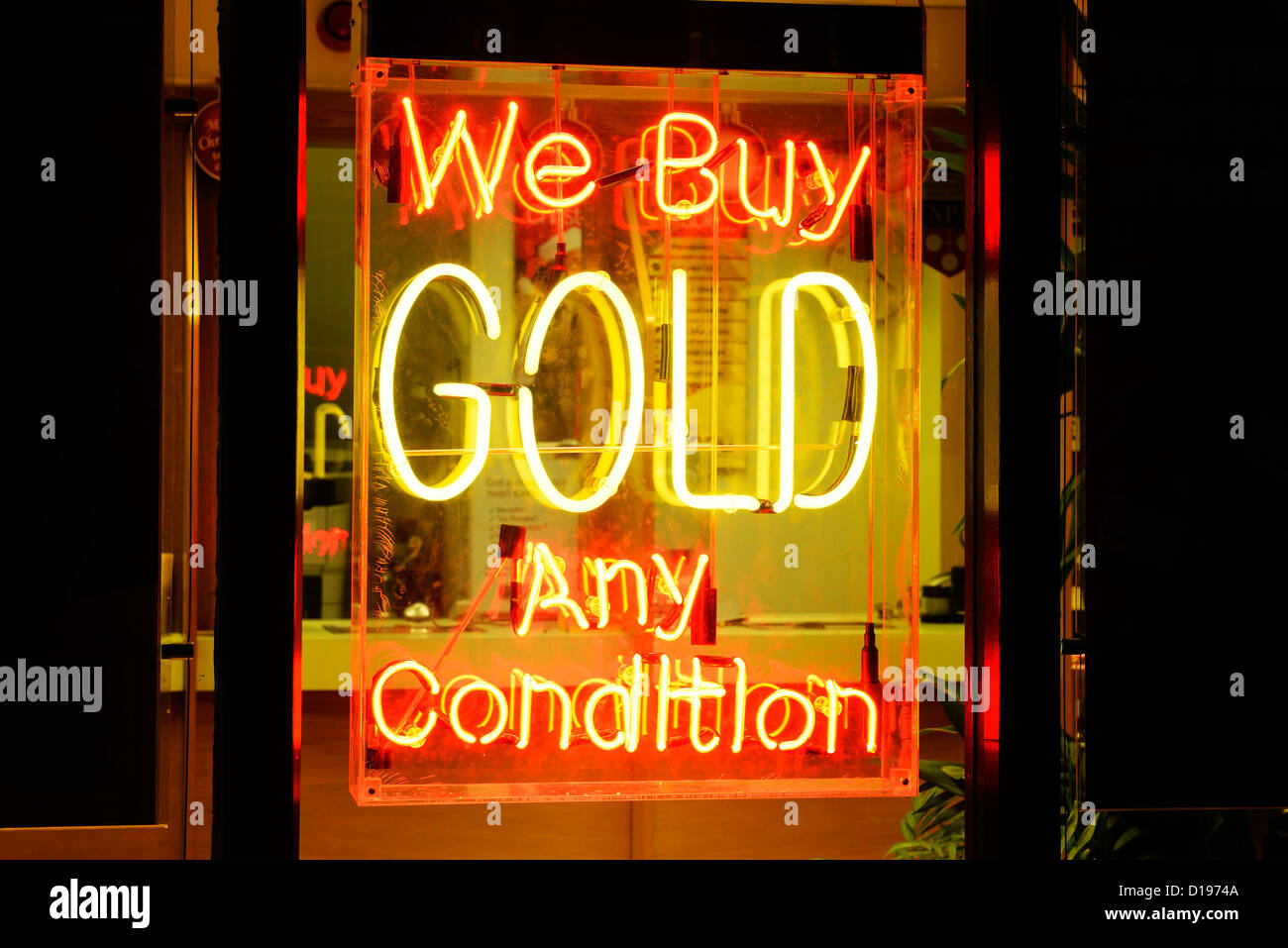Assessing the Intricate Dynamics Between Community-based Mining Approaches and the Global Precious Metal Trade Networks
Artisanal digging holds a important role in the international precious metal value chain, particularly in emerging nations. This category of mining is usually limited and entails solo miners or tiny teams using rudimentary tools to extract gold from the ground. Unlike mining corporation enterprises that employ industrial tools and modern systems, manual mining often depends on human effort. These individuals generally operate in informal settings, which means they may not have legal permits or access to suitable safety resources. Despite these obstacles, artisanal mining contributes to the incomes of numerous of people around the world, providing income and employment prospects in places where there are limited options.

Gold precious metal extracted via traditional mining is frequently marketed domestically or shipped to broader markets. Yet, there are major issues linked to this approach. One major issue is the sustainability-related effect. Many informal miners use harmful substances like toxic metals to isolate gold from rock, which can taint water sources and harm nearby ecosystems. Additionally, land clearing commonly occurs as miners clear terrain for their activities. These sustainability challenges raise concerns about sustainability and the future sustainability of artisanal extraction, as well as their impacts on societies and biodiversity.
Another important element of traditional mining is its link to international precious metal trade systems. Gold mined by miners can be found in numerous goods, from adornments to electronics. As consumers are more conscious of the sources from which their items are produced, there is increasing pressure on companies to procure precious metal ethically. This has resulted in programs focused on enhancing the standards under which small-scale operations is carried out. For instance, some organizations work to certify precious metal extracted through ethical methods, verifying that it does not result in ecological damage or social injustices.
In addition, the monetary gains view it of traditional operations cannot be overlooked. For many communities, it serves as a crucial source of income. This income frequently provides for households and helps fund essential services such as schooling and medical care. In regions where formal employment opportunities are scarce, small-scale extraction can offer a critical financial support. However, without proper regulation and support from governments and organizations, miners may continue to face abuse and unsafe labor environments.
In summary, the connection between traditional extraction methods and worldwide gold supply chains is multifaceted and complicated. There are both valuable impacts to community markets and serious challenges related to environmental balance and social justice. As international need for precious metal continues to grow, it is essential for stakeholders—including states, companies, and charitable groups—to address these issues jointly. By supporting ethical methods within artisanal mining and securing that laborers obtain just treatment, it is possible to establish a more balanced path for both communities involved in traditional extraction go to this web-site and the ecosystem they depend on.